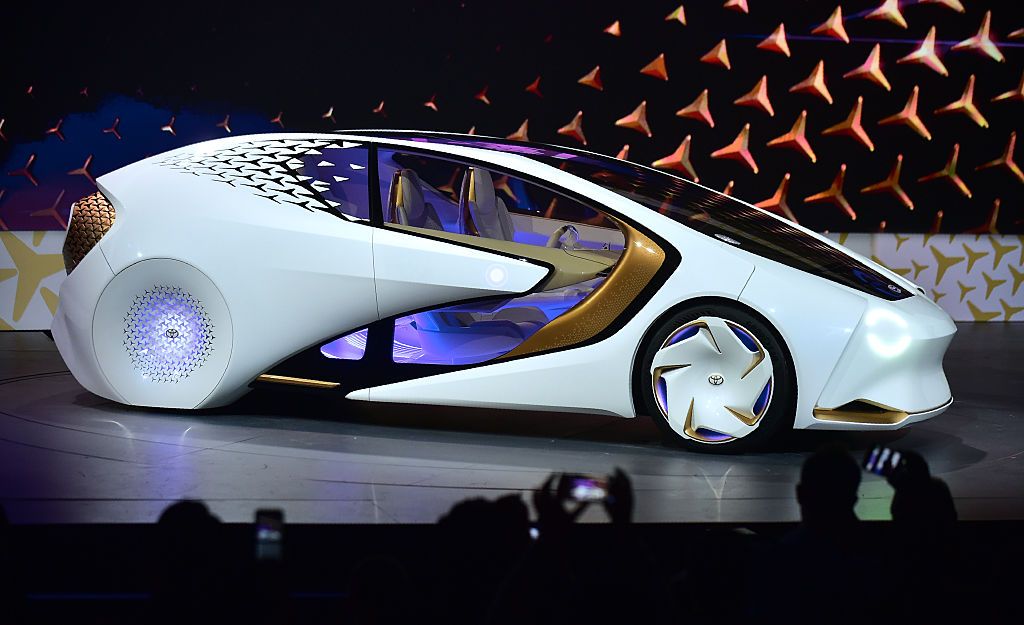The Park Lane was the top of the Mercury line over the 1958-1960 model years. I'm guessing that the name refers to the street in London that runs along the east side of Hyde Park. That would seem to be obscure to many potential American car buyers, as massive jet air travel across the Atlantic was just getting underway then. Maybe all the other ritzy continental names had been grabbed by then. Or perhaps Mercury marketers figured that the old breed of ocean liner passengers along with 8th Air Force and pre- D-Day troops stationed in England in 1944 knew all about the Grosvenor House and such and would create a usable buyer pool. Whatever ... Park Lane it was. Sales were in the 8 -13 thousand per year range, so it wasn't a massive success.
The Park Lane Wikipedia entry is here, though I have quibbles with its remarks about styling.
What I find most interesting about the 1958-60 Park Lanes is that while the 1959 redesign was better looking than the previous design, the 1960 facelift created the best design of all. Quite often, facelifting degrades designs over time.
1958 Mercury Park Lane four-door hardtop. It was a stretched, facelifted and upgraded 1957 Mercury Montclair: not a fresh design. Questionable styling features include the grille openings in the massive front bumper ensemble, the awkward side and roof trim, plus the contorted back window that remained on the Mercury Monterey line through 1960.
This rear view of a Park Lane up for sale shows the rear bumper echoing the front bumper theme. The ray-gun decoration on the tail light + side sculpting is a classic example of late 1950s silly styling.
The 1959 restyling most substantial on the greenhouse. The windshield is now doubly curved, wrapping into the roof. A big improvement is the new, cleaner backlight design.
The grille-bumper group has been simplified and made more conventional. Side trim was also simplified and better integrated. Losing the two-tone strip abaft of the headlights was a major factor here.
The rear bumper was restyled, but retained its two-element theme. Ray-guns on the sculpting now look more like walking sticks. The dogleg in the backlight echoes the windshield wrap-over, a nice, subtle touch.
Now for a set of photos of a 1960 Mercury Park Lane for sale in France. The 1959 greenhouse design is retained, but most of the body sheetmetal has been reworked. This is pretty expensive for the final year of a body design. The entire front is redesigned, headlights being moved to the grille from the fender tops.
Side sculpting was totally restyled in a simplified, tasteful manner. Those five vertical chromed bars designate that this is a Park Lane: lesser Mercury Montclairs only got three.
Rear styling is also pleasingly handled, though the tiny-tail-fin-plus-taillight grouping seem a little too cramped.
The Park Lane was the top of the Mercury line over the 1958-1960 model years. I'm guessing that the name refers to the street in London that runs along the east side of Hyde Park. That would seem to be obscure to many potential American car buyers, as massive jet air travel across the Atlantic was just getting underway then. Maybe all the other ritzy continental names had been grabbed by then. Or perhaps Mercury marketers figured that the old breed of ocean liner passengers along with 8th Air Force and pre- D-Day troops stationed in England in 1944 knew all about the Grosvenor House and such and would create a usable buyer pool. Whatever ... Park Lane it was. Sales were in the 8 -13 thousand per year range, so it wasn't a massive success.
The Park Lane Wikipedia entry is here, though I have quibbles with its remarks about styling.
What I find most interesting about the 1958-60 Park Lanes is that while the 1959 redesign was better looking than the previous design, the 1960 facelift created the best design of all. Quite often, facelifting degrades designs over time.
1958 Mercury Park Lane four-door hardtop. It was a stretched, facelifted and upgraded 1957 Mercury Montclair: not a fresh design. Questionable styling features include the grille openings in the massive front bumper ensemble, the awkward side and roof trim, plus the contorted back window that remained on the Mercury Monterey line through 1960.
This rear view of a Park Lane up for sale shows the rear bumper echoing the front bumper theme. The ray-gun decoration on the tail light + side sculpting is a classic example of late 1950s silly styling.
The 1959 restyling most substantial on the greenhouse. The windshield is now doubly curved, wrapping into the roof. A big improvement is the new, cleaner backlight design.
The grille-bumper group has been simplified and made more conventional. Side trim was also simplified and better integrated. Losing the two-tone strip abaft of the headlights was a major factor here.
The rear bumper was restyled, but retained its two-element theme. Ray-guns on the sculpting now look more like walking sticks. The dogleg in the backlight echoes the windshield wrap-over, a nice, subtle touch.
Now for a set of photos of a 1960 Mercury Park Lane for sale in France. The 1959 greenhouse design is retained, but most of the body sheetmetal has been reworked. This is pretty expensive for the final year of a body design. The entire front is redesigned, headlights being moved to the grille from the fender tops.
Side sculpting was totally restyled in a simplified, tasteful manner. Those five vertical chromed bars designate that this is a Park Lane: lesser Mercury Montclairs only got three.
Rear styling is also pleasingly handled, though the tiny-tail-fin-plus-taillight grouping seem a little too cramped.




















EmoticonEmoticon